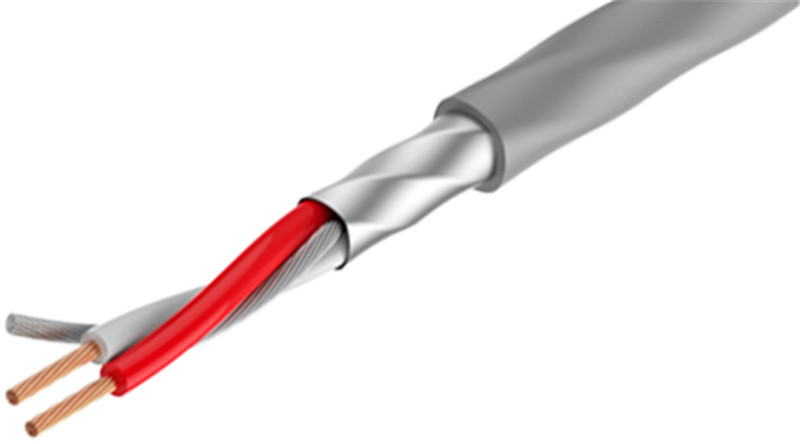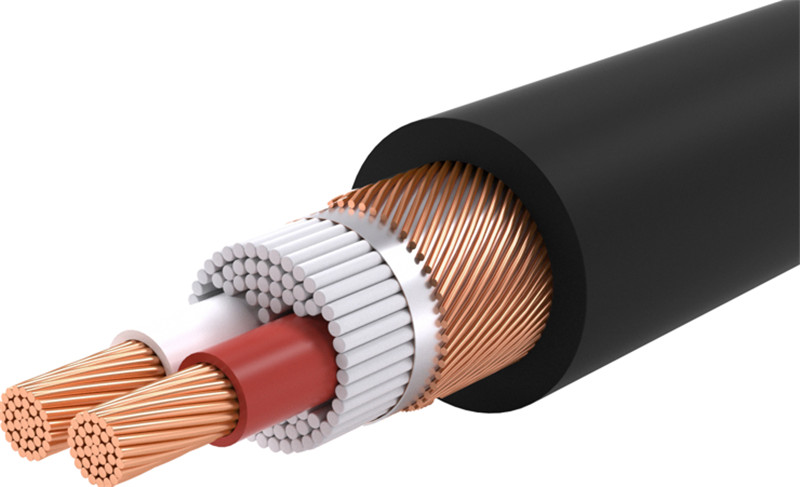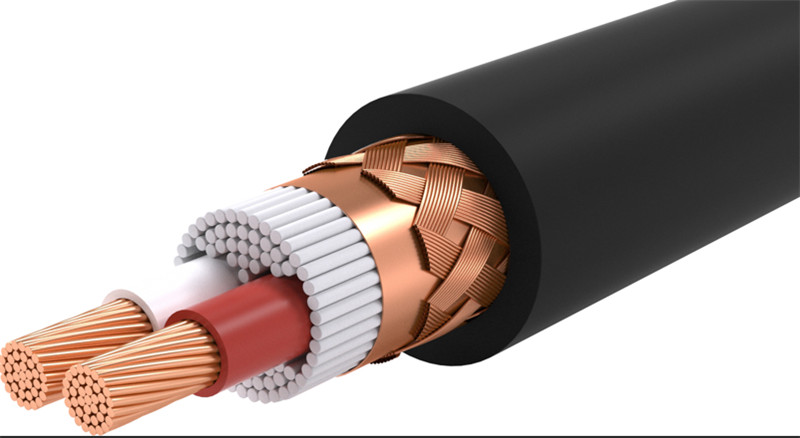The shield of a microphone cable is a vital aspect for it to deliver clear, non-distorted audio signal. It prevents interference from reaching the “hot” center conductor. Unwanted types of interference encountered and blocked with varying degrees of success by cable shielding include radio frequency (RFI) (CB and AM radio), electromagnetic (EMI) (power transformers) and electrostatic (ESI) (SCR dimmers, relays, fluorescent lights).
A few conductive materials are commonly used as shield: bare copper, tinned copper, Aluminum foil, Copper clad Aluminum, copper clad steel ect.
There are 4 types of shields available for different use:
Foil: Usually Aluminum foil, providing 100% coverage. Foil shield is very flexible, providing very little restriction to cable’s bendability. But its ability to shunting interference is not as good as the other shield type. It is cost-effective, and light weight, commonly used for twisted pairs to eliminate crosstalk


Spiral: A number of wires wrap around the conductors with coverage high up to 97%. Spiral shielding provides perfect flexibility to cables while keeps good interference resistance, thus widely used for low-frequency applications (1MHZ) such as microphone cables and analog audio cables.
Braid: Wove the conductor strands (copper, aluminum, steel) together to form a shield of coverage of 80%~95% by changing angle. It is the most effective way to minimize noise and is frequently used for low frequency and medium frequency applications.

Combination: Usually Foil & braid or Foil & spiral, are the best options for high frequency applications, and are widely used for micro cables, coax cables, data cables and other signal cables.
Choosing the correct shield type, material, and amount of coverage is important to maximize the productivity of cable systems. The environment in which the cable will be used, the potential sources of interference around the cable, and the mechanical characteristics that the cable or wire must maintain are all important elements to consider when designing a shield. The appropriate shield will minimize interference and ensure productive signal communication within your cable systems.
Post time: Mar-20-2023







